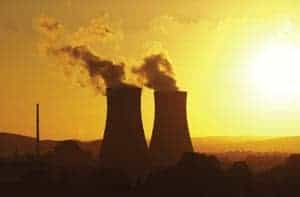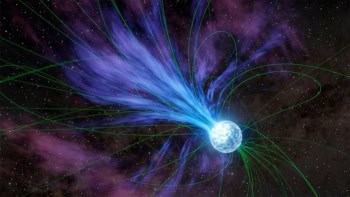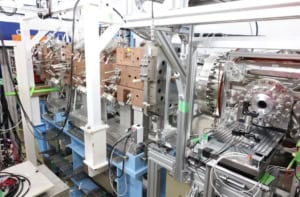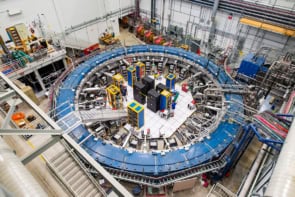Despite its environmentally unfriendly image, nuclear power is firmly back on the world's energy agenda thanks to the need to cut carbon-dioxide emissions. Paul Norman, Andrew Worrall and Kevin Hesketh describe how the next generation of nuclear power stations will be cleaner and more efficient than ever




